The Secret Market For Concept Watches That Were Never Supposed To Exist

- Concept watches push boundaries with unwearable but revolutionary experiments in design, mechanics and materials.
- Concept watches changed horology by introducing technologies like silicon, now mainstream in Swiss watchmaking.
- Rolex refuses to play the game, with the Deep Sea Special and Deepsea Challenge proving the Crown is the ultimate “anti-concept” brand.
Concept watches are supposed to be myths. Legends. Whispered with a quiet hum through gilded corridors in the La-Chaux-de-Fonds.
Half experiment, half fantasy, concept watches are more like the most expensive passion project from the world’s biggest and best watchmakers, built to push the limits of what’s possible, experimenting with precious materials, mechanics and imagination, not to sit in the window of your local boutique.

Most were never intended to go mainstream. Yet, over time, some of these horological moonshots have slipped into collectors’ hands and created a cult market of their own.
Audemars Piguet, Ulysse Nardin and Richard Mille have always looked to their R&D department for inspiration, tasked with conceptualising innovative references that are bound to set the tongues wagging at Watches & Wonders each year. What we’re left with are spectacular pieces, never before seen, and never to be seen again.
Rolex, famously, doesn’t play this game. After all, the Crown built its empire on bulletproof consistency and volume. Every Submariner, Daytona or Datejust you see has been tested to within an inch of its life before it ever sees daylight.
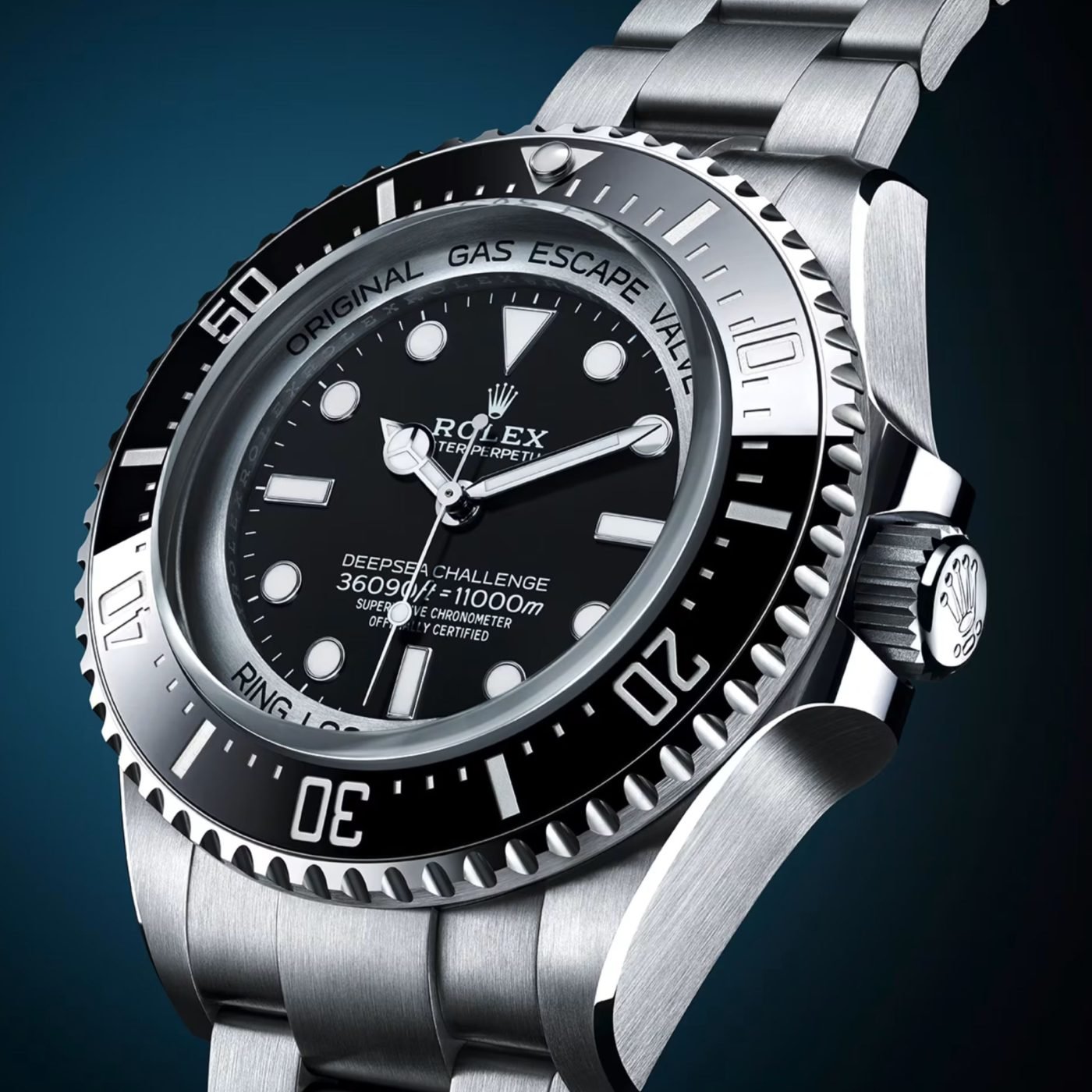
It’s why the Swiss luxury brand’s only true “concepts” can be counted on one hand: the Deep Sea Special of 1960 and the Deepsea Challenge built for James Cameron’s Mariana Trench expedition.
They weren’t designed to wow at annual watch fairs, but instead were engineered to survive impossible pressure. Neither was wearable, neither was commercial, and both prove Rolex is the great “anti-concept” brand. Experimentation happens behind closed doors, and the public never sees failure.
Other Maisons, however, thrive on making something so groundbreaking it’s equally unwearable. Audemars Piguet is the first that comes to mind, firing the proverbial starting gun in 2002 with the Royal Oak Concept, a bulky mass of cobalt alloy and titanium that looked like something designed for a Marvel villain.
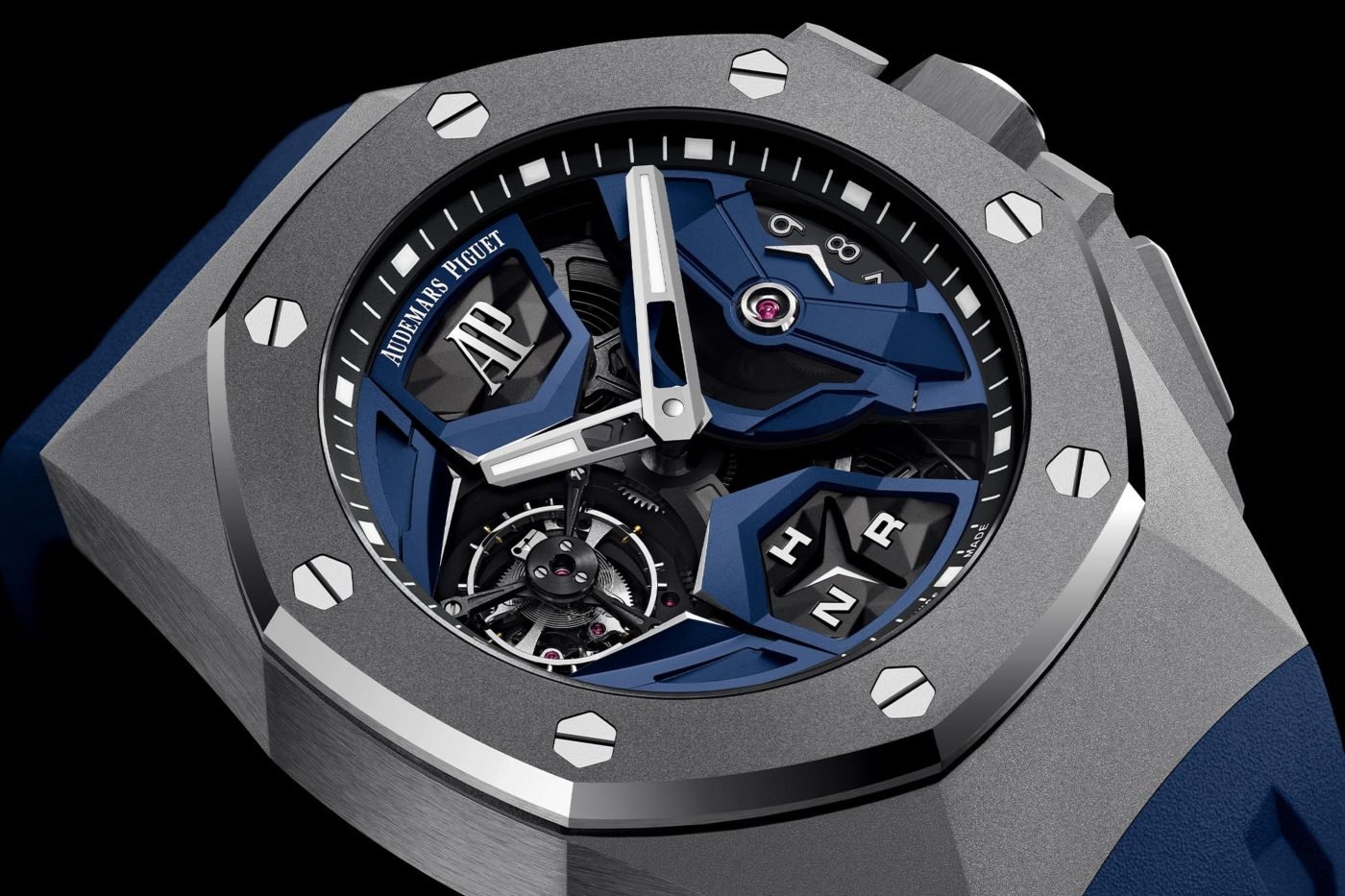
Now more than two decades old, the Royal Oak Concept was largely used as the testbed for materials like forged carbon and ceramics long before they filtered down into the Royal Oak Offshore and mainstream references that we see across the market today.
Ulysse Nardin doubled down a year earlier with the Freak, the brand’s crownless, dial-less, silicon-stuffed anomaly that redefined what a watch could be. I first tried and tested the model last year and was blown away at the audacity of the project.
Not strictly a concept watch, the Freak was (and still is) commercially available. But when it launched in 2001 in tiny numbers, just 99 pieces, it carried the aura of a prototype that had slipped into circulation.
To me, it was the first and most significant act of modern horological art. It was a watch whose primary purpose was to convey an emotional or an artistic expression of time.
Michael Tay, The Hour Glass Managing Director
The radical part was the way it told the time: the entire movement itself rotated under the sapphire, the gear train doubling as the minute hand, the bridge acting as the hour hand. There was no crown; you wound it by turning the caseback and set it using the bezel.
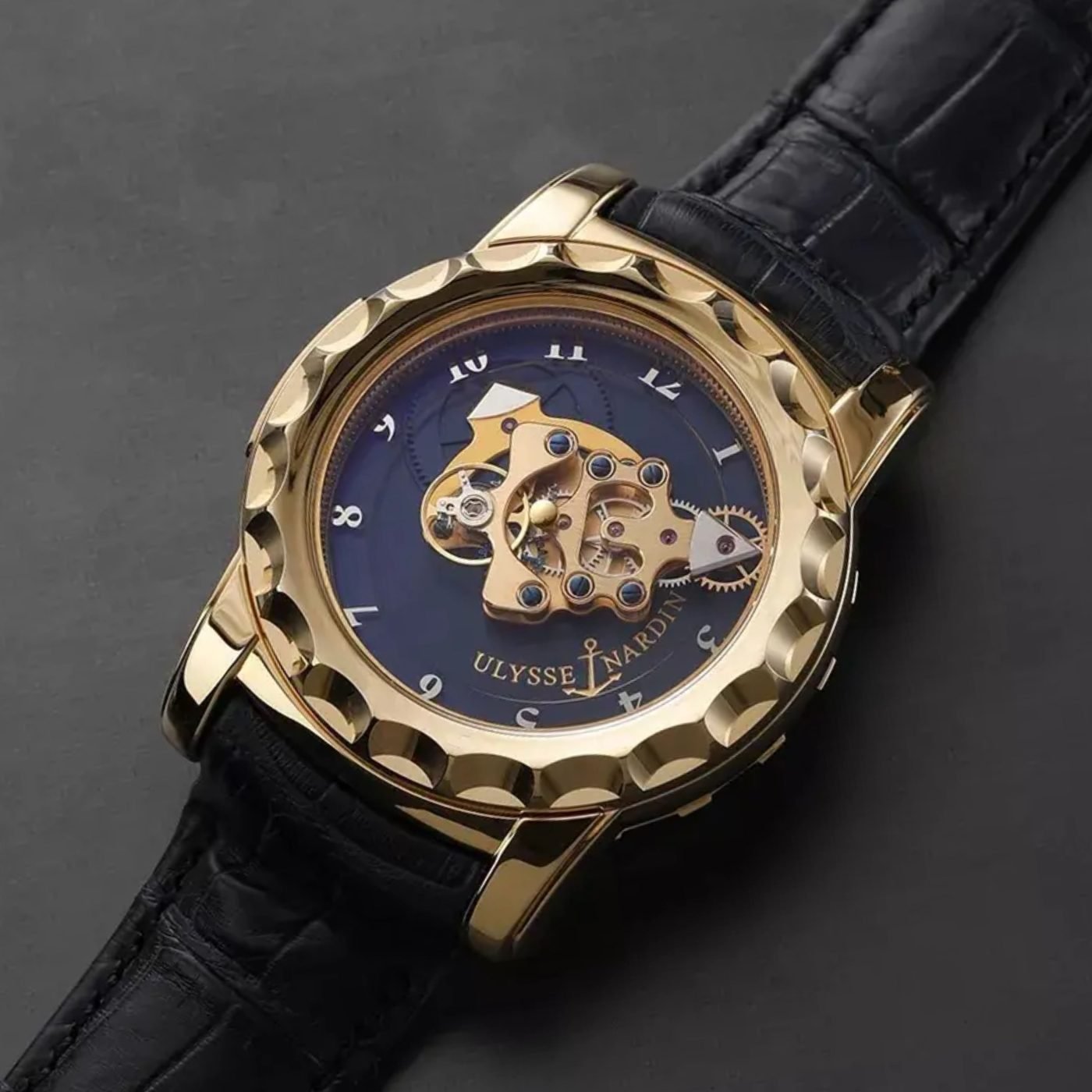
This was also the first mainstream application of silicon in Swiss watchmaking, decades before other brands caught on, reflecting a brand without fear of upsetting tradition and signalled that Ulysse Nardin, a house best known for marine chronometers (of which, there are a few), was willing to throw away the rulebook to stay relevant.
For conservative buyers, it was almost too much, a watch with no dial, no hands and no crown. For horology nerds, it was proof Ulysse Nardin was still a house of invention.
Cartier ID Two Concept Watch: The Dream Of Maintenance-Free HorologyCartier’s ID Two, revealed in 2012, had a transparent case made of Ceramyst that housed a vacuum-sealed movement running without lubrication, thanks to a carbon crystal escapement.
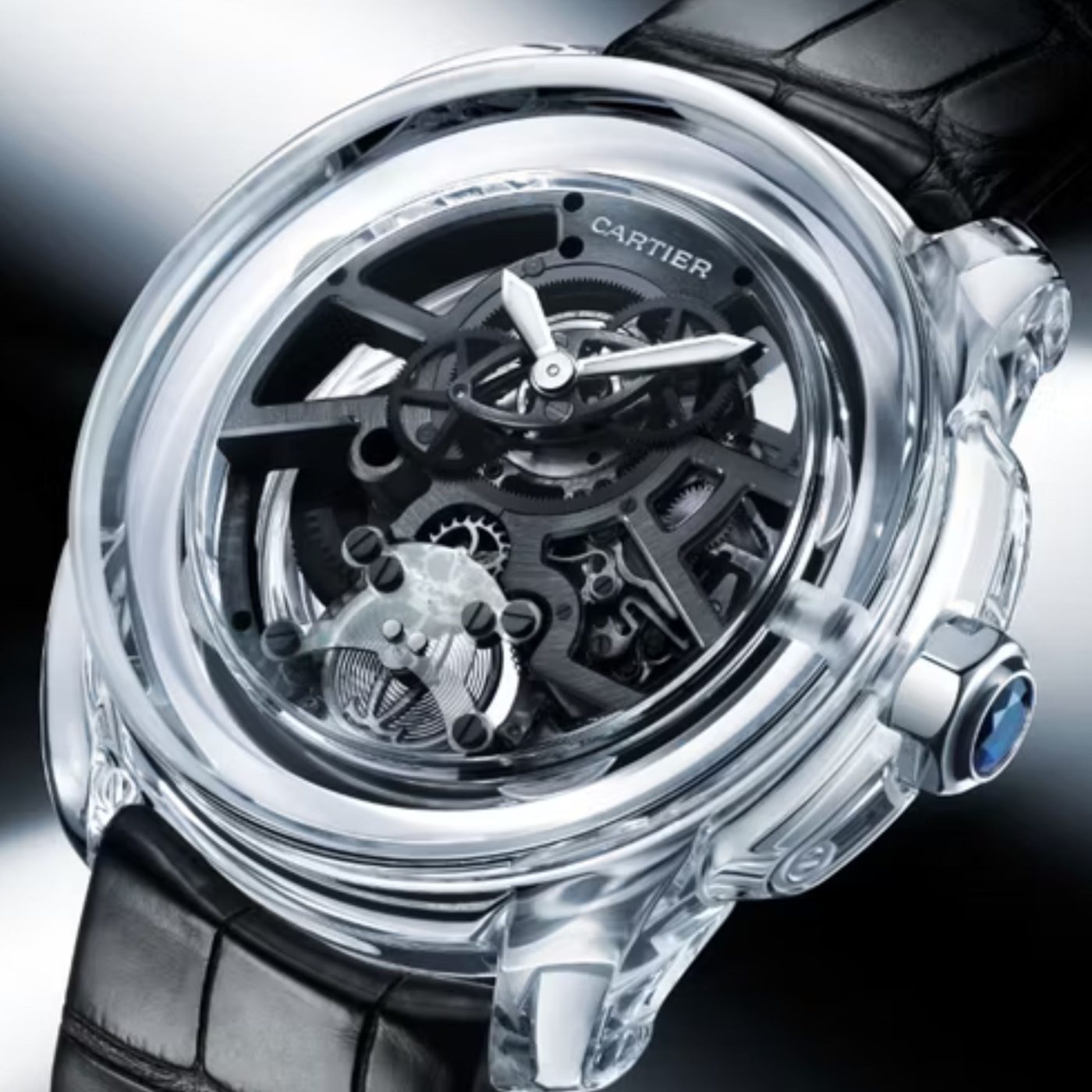
The point wasn’t to make a new Tank; that’d be like reinventing the wheel. But to show the world Cartier’s labs could chase the dream of a maintenance-free mechanical watch. Servicing one would be a nightmare, but as a statement it worked. It was never sold.
TAG Heuer tried the same trick with the Monaco V4, a belt-driven watch that looked like a lost part flung off a Formula 1 gearbox through the chicane and onto someone’s wrist. It was the kind of watch you stared at more than you wore, all exposed belts, bridges and tensioners criss-crossing under the crystal like an automotive fever dream.
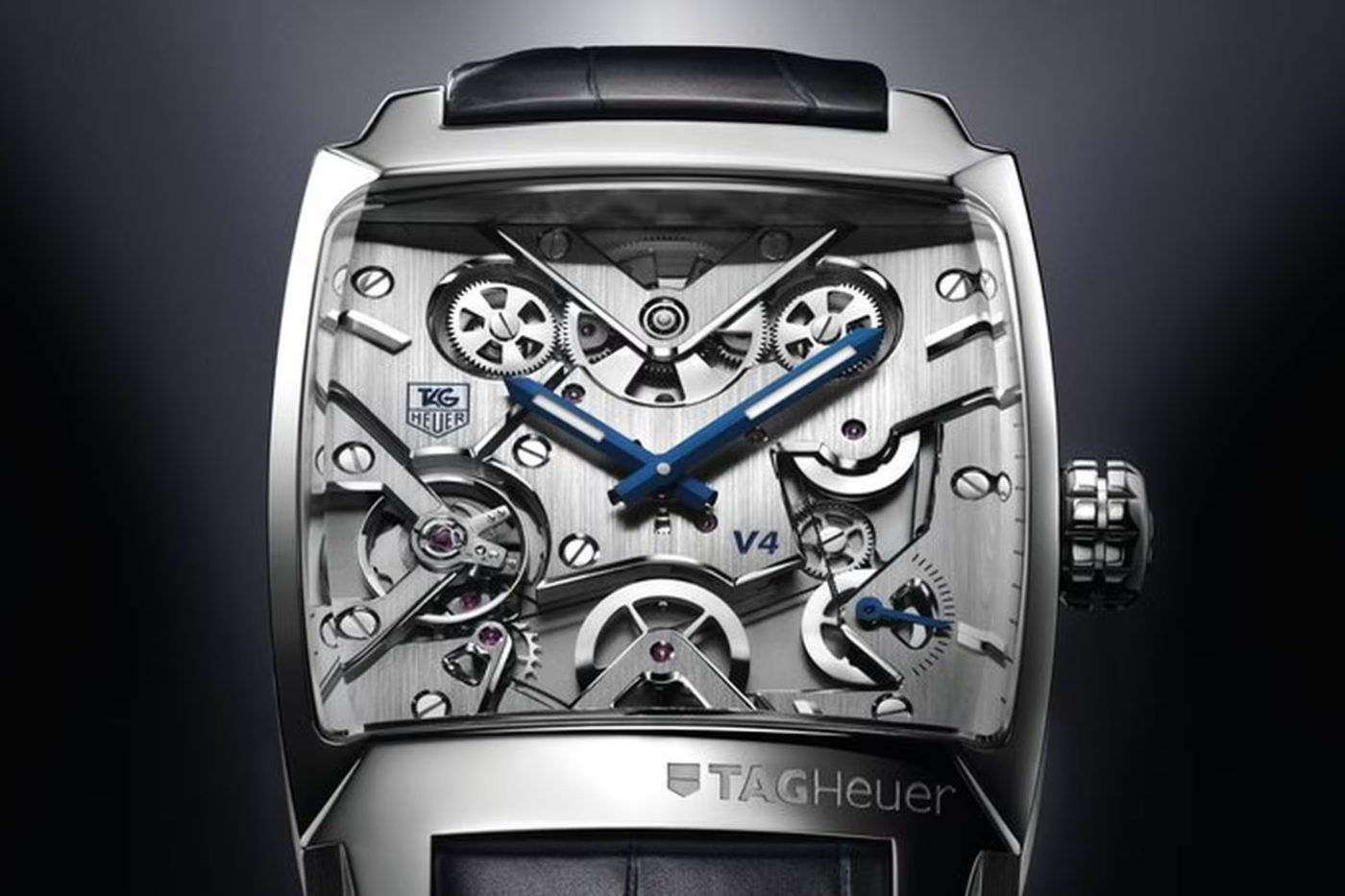
It took another five years of re-engineering before TAG could deliver a working version in 2009, and even then it felt like a fragile experiment rather than a robust Monaco.
Priced like a halo piece and produced in tiny numbers, this plucky Monaco concept was never destined for mainstream adoption, so don’t go looking for any during next year’s Australian Grand Prix. The V4 was more of a declaration that TAG Heuer could be audacious, technical and disruptive, not just the brand of Carrera and chronograph heritage. It remains one of the strangest production watches ever made.
Whilst the horological heavy hitters dipped their toes in the ever-changing pool of concept watches, other brands have made it their entire business model.
Richard Mille turned full sapphire cases into the ultimate millionaire’s flex with the RM 056, machined for over a thousand hours at obscene cost. MB&F created the Horological Machines, depicting frogs, spaceships, battle axes.

Even Japan’s greatest watchmakers got in on the act, with Seiko’s Spring Drive prototypes of the late ’90s that seemed almost sacrilegious at the time, marrying quartz regulation to mechanical energy. Now it’s the beating heart of modern Grand Seiko.
These pieces don’t exist to sell in the thousands, but they show collectors, rivals and investors that a brand is thinking ahead, willing to burn money on R&D that might never pay off.
In an age-old market built on tradition and pedigree, concept watches — and the stories they create — are what build enduring mythology. They are watches that were never supposed to exist, now grail pieces in their own right. If you can find them. of course.
dmarge





